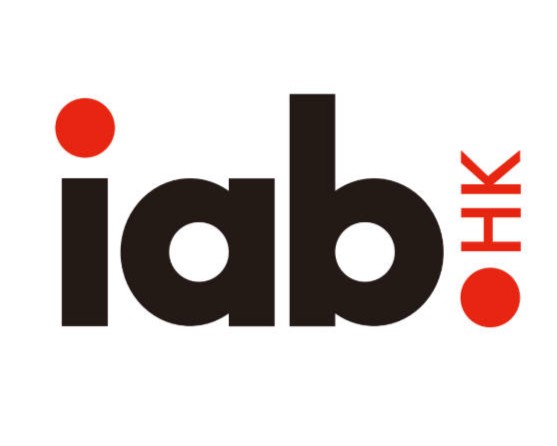The 2025 Programmatic Digital Out-of-Home (pDOOH) Landscape in Hong Kong
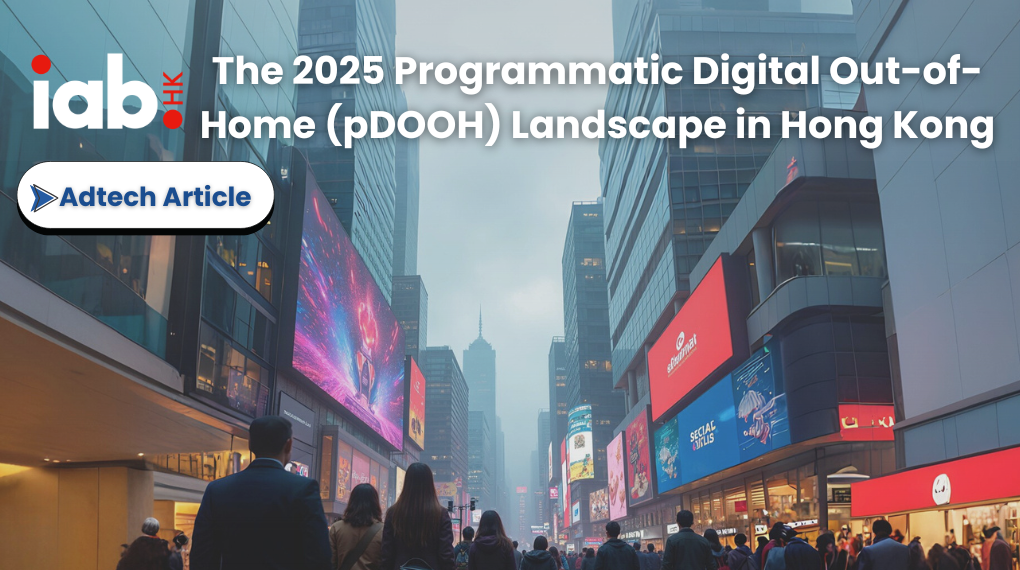
Introduction
As Hong Kong evolves into a hyper-connected smart city, the Programmatic Digital Out-of-Home (pDOOH) advertising sector is undergoing a transformative shift. In 2025, the convergence of urban density, advanced infrastructure, and tech-savvy consumers has positioned the region as a leader in pDOOH innovation. This article explores the current landscape, key formats, technological advancements, benefits, and strategic considerations shaping the future of pDOOH in Hong Kong.
Key pDOOH Formats in Hong Kong
Hong Kong’s pDOOH ecosystem is as diverse as its skyline. Leading formats include:
- Digital Billboards – Prominent in high-traffic areas like Causeway Bay, Tsim Sha Tsui and Mong Kok.

- Transportation – MTR and bus stations
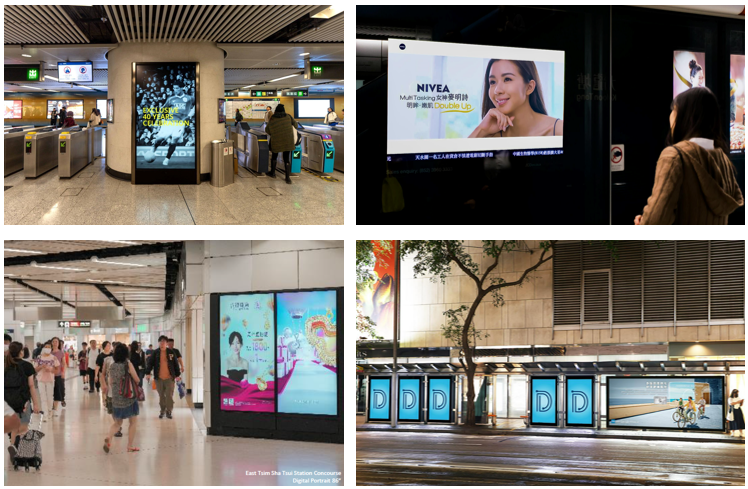
- Street-Level Panels – Interactive kiosks and QR-enabled panels.
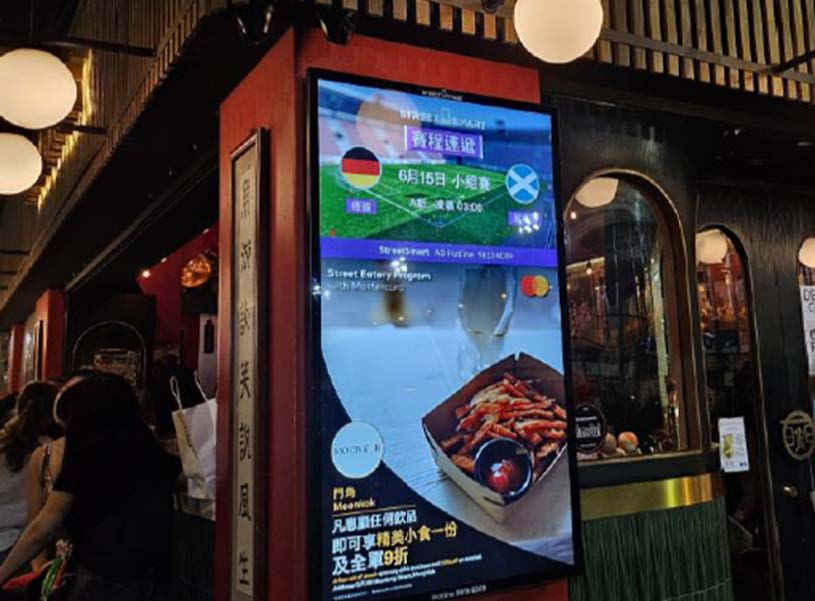
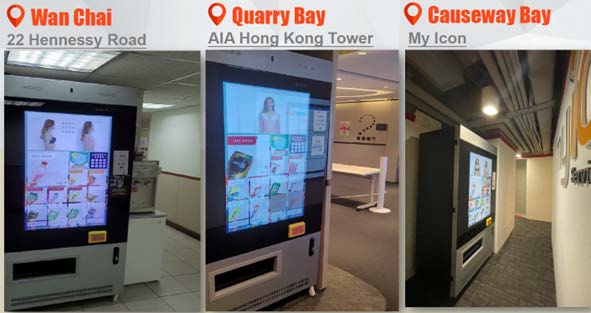
- Retail & Mall screen, Office and residential buildings Screens at lift lobby

- Airport & Transport Hubs – Displays in HKIA and High Speed Rail cater to affluent and travel audiences.

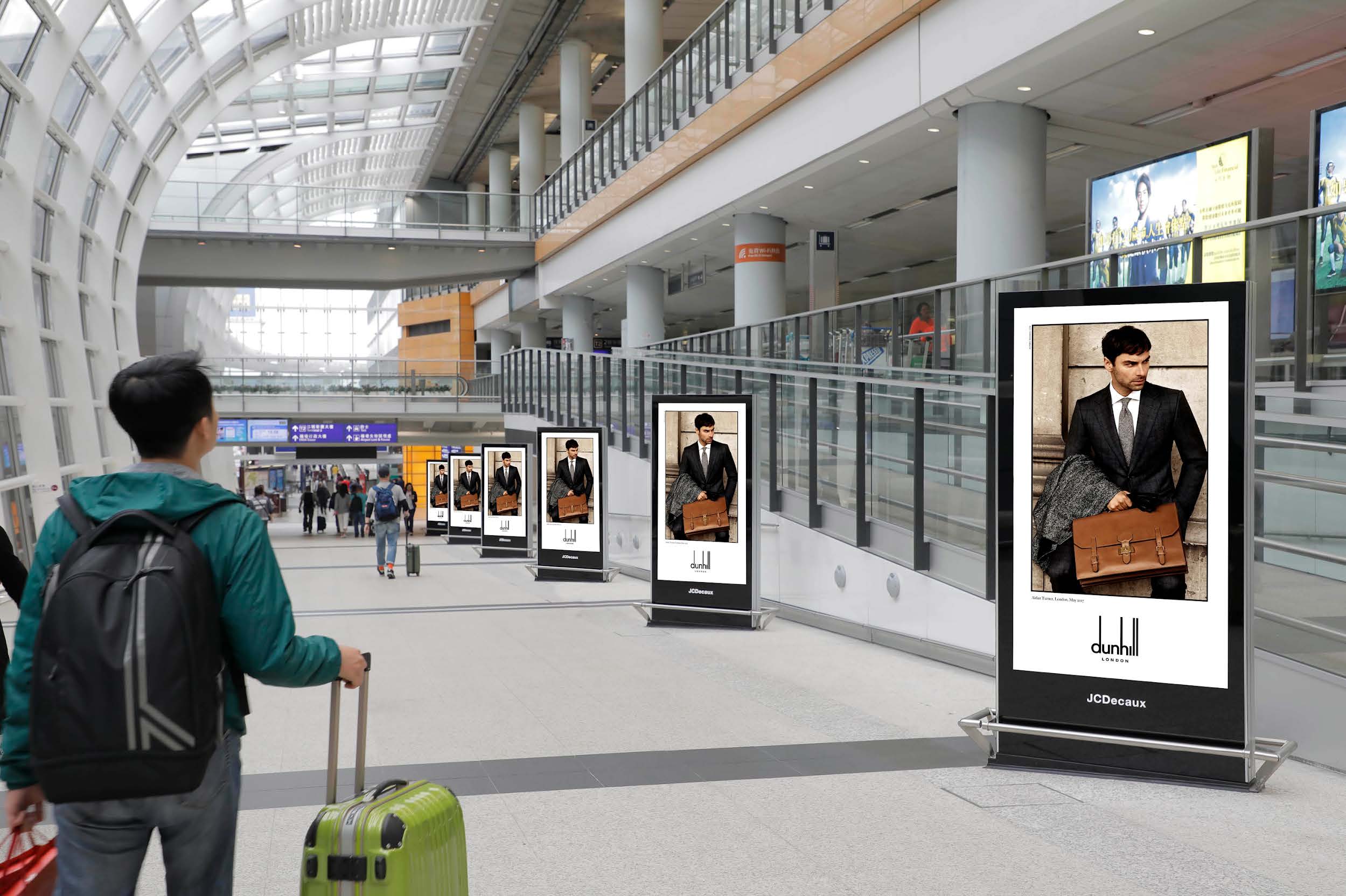
The expansion is not just about quantity but also about strategic placement in high-impact environments like transit hubs, retail centers, and business districts.
Technological Leaps: Speed, Agility & Intelligence
Real-Time Capabilities
- Near Real-Time RTB: Full Stack Adserver now enables campaign activation within a few minutes.
- Real-Time Optimization: Adjust campaigns instantly.
Dynamic Creative Optimization (DCO)
- Dynamic Creative: Engage users with relevant, timely content.
- HTML5 Support: Aligns pDOOH with online ad workflows.
- Real-Time Triggers: Creative updates based on weather, time, events, or data feeds.
- Cost Efficiency: Reuse of online creatives reduces production costs.
Precision Targeting & Data Integration
- Hyper-Contextual Data-Driven Targeting: Reach the right audience at the right time.
- Geo-Targeting: Down to specific buildings or neighborhoods.
- Omni-Channel Targeting: Retarget users exposed to pDOOH ads via mobile.
- Retail Sales Data: Trigger creatives based on real-time POS data.
- Flight Targeting: Schedule ads based on flight data, destinations, and gate locations.
Measurable ROI:
- Proof-of-Play Reporting: available within an hour after playback automatically, enhancing transparency and accountability.
- Enhanced tracking and reporting: Going beyond proof-of-play, pDOOH leverages data integration (e.g. mobile data, anonymized audience profiles, online behavior, CRM data, etc.) and sophisticated attribution models to measure the impact of the ad exposure.
Eco-Friendly Advertising:
- pDOOH leverages energy-efficient screens and smart scheduling to deliver impactful advertising while reducing paper-based wastes and environmental footprint.
- Renewable energy: pDOOH networks are increasingly powered by renewable energy sources, making sustainable advertisements
pDOOH vs Traditional OOH & DOOH
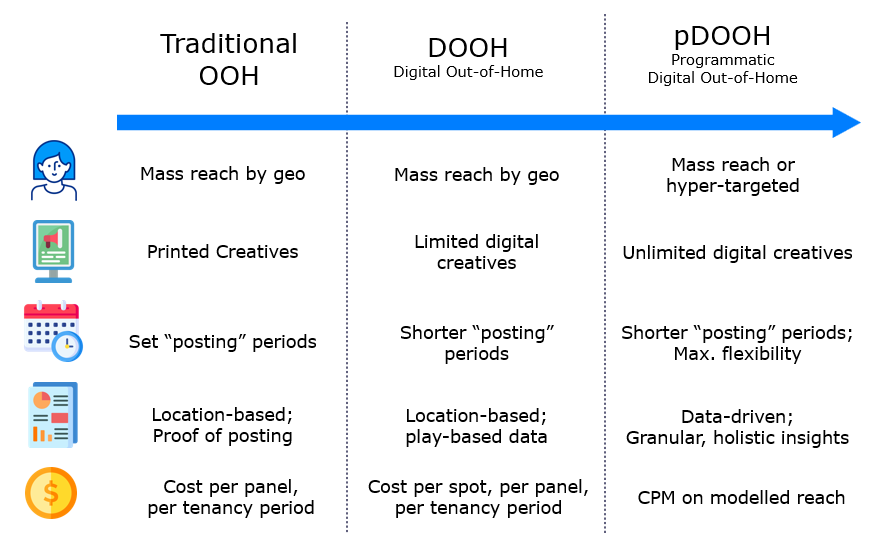
Challenges & Considerations
- Privacy Compliance: Adherence to PDPO and GDPR is critical.
- Creative Fatigue: Requires ongoing innovation in contents to attract eyeballs.
- Measurement Standardization: Industry-wide protocols still evolving.
- Tech Stack Integration: Seamless DSP-SSP alignment is essential.
The Push for Standardization
- RTB Protocol Alignment: Adoption of OpenRTB adaptations for DOOH.
- Impression Data Standards: Efforts are underway to unify methodologies for accurate measurement.
Emerging Trends in pDOOH for 2025
- AI-Driven Personalization and Optimization: Real-time creative optimization and predictive audience targeting.
- Micro-Moment Targeting: More DMP onboarding for contextually relevant interactions triggered by real-time data.
- Omnichannel Integration: Seamless linkage with mobile, social, and CTV campaigns.
- Experiential Convergence: Interactive installations such as AR-enhanced displays, naked-eye 3D creative adaptation, and instant engagement with audiences via mobile devices.
- Sustainability as a Strategic Imperative: Green energy-powered screens and reliable carbon tracking tools.
- Enhanced Attribution and Measurement: Reliable tools to track impressions, foot traffic, and conversions.
- Retail Media Integration: Programmatic ad spaces in in-store digital screens to drive last-minute sales conversion.
- Privacy-First and Fraud Prevention: First-party data strategies and fraud detection mechanisms.
Conclusion
Hong Kong’s pDOOH market is maturing rapidly, transitioning from experimentation to essential components of omnichannel strategies. With expanding inventory, real-time capabilities, and precision targeting, pDOOH offers unmatched flexibility and performance. As AI, IoT, and 5G continue to evolve, expect even more immersive formats, predictive targeting, and seamless integration across digital ecosystems.
For brands and agencies, the message is clear: embrace the agility and intelligence of pDOOH—but do so with a strategic, data-driven mindset.
Author: | |
David Chan |  |
| Jeff Chan Business Director, Innovate & Transformation JCDecaux Transport IAB Hong Kong & AdTech and Programmatic Committee Member |  |
| Article launched on 25/6/2025 |
APPENDIX
About the IAB (Hong Kong)
The Interactive Advertising Bureau (Hong Kong) empowers the media and marketing industries in Hong Kong, to thrive in the digital economy. It is comprised of more than 100 leading media and technology companies that are responsible for selling, delivering, and optimizing digital campaigns. Working with its member companies, the IAB (Hong Kong) evaluates and recommends standards and practices and fields critical research on interactive advertising.
Please address any questions or comments about this blog to
IAB (Hong Kong) Secretariat Office- info@iabhongkong.com
